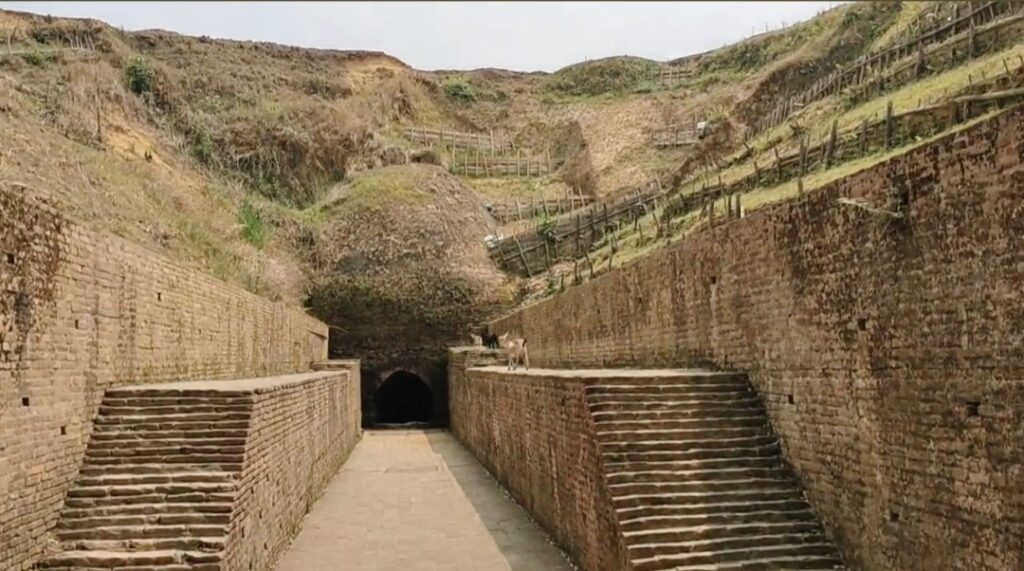The mound-burial system of the Ahom dynasty in Assam, known as “Moidams,” has achieved a significant milestone by being included in the UNESCO World Heritage List. This historic recognition was announced during the 46th session of the World Heritage Committee (WHC) currently held in India. With this addition, the Moidams become the first cultural property from Northeast India to receive this prestigious tag.
A Landmark Achievement for Assam
Assam Chief Minister Himanta Biswa Sarma shared the joyous news on social media, expressing pride in the Moidams being recognized as a UNESCO World Heritage site under the Cultural Property category. This marks the first time a site from the Northeast has achieved this honor. After Kaziranga and Manas National Parks, the Moidams are Assam’s third World Heritage Site.

Significance of the Moidams
The Moidams of Charaideo represent the deep spiritual beliefs, rich civilizational heritage, and architectural prowess of Assam’s Tai-Ahom community. These unique burial mounds, characterized by pyramid-like structures, were used by the Tai-Ahom dynasty that ruled Assam for approximately 600 years.
Historical Context and Cultural Heritage
The Tai-Ahom people, originally migrating from China, established their capital in various parts of the Brahmaputra River Valley from the 12th to the 18th century CE. Choraideo, one of the most revered sites, was the first capital under Chau-lung Siu-ka-pha, the founder of the Ahom kingdom. This sacred site, known as Che-rai-doi or Che-tam-doi, was sanctified with rituals that reflected the deep spiritual beliefs of the Tai-Ahoms. Over centuries, Choraideo retained its significance as a royal burial ground where the departed souls of the Tai-Ahom royals transcended into the afterlife.

Unique Funerary Traditions
The Ahom dynasty’s belief in the divinity of their kings led to the establishment of a unique funerary tradition: the construction of Moidams, or vaulted mounds, for royal burials. This tradition spanned 600 years, marked by the use of various materials and architectural techniques evolving over time. Initially constructed with wood, and later with stone and burnt bricks, the Moidams’ construction was a meticulous process detailed in the Changrung Phukan, a canonical text of the Ahoms. The rituals accompanying royal cremations were conducted with great grandeur, reflecting the hierarchical structure of Tai-Ahom society.
A Remarkable Recognition
The inclusion of the Moidams in the UNESCO World Heritage List is a testament to the rich cultural heritage of Assam and the historical significance of the Ahom dynasty. This recognition not only brings pride to Assam but also highlights the diverse and rich cultural tapestry of Northeast India.
Also Read : Exploring the Beauty of Masinagudi : A Nature Lover’s Paradise
The Moidams of the Ahom dynasty are a remarkable representation of Assam’s historical and cultural heritage. Their inclusion in the UNESCO World Heritage List underscores the importance of preserving and celebrating the unique traditions and architectural marvels of the Tai-Ahom community. This recognition serves as an inspiration to continue exploring and honoring the rich history and cultural legacy of Assam.